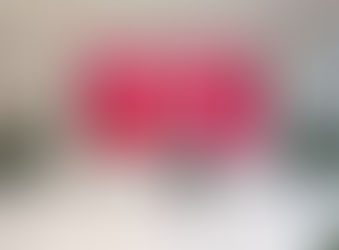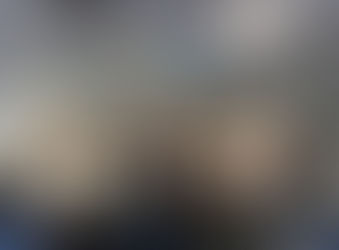Our paper "Multiplexed, Gradient‐based, Full‐hydrogel Microfluidic Platform for Rapid, High‐thr
- renkangning
- 2017年11月1日
- 讀畢需時 4 分鐘

In the wake of the recent incidents around the globe involving superbugs, it becomes even more imperative that we look into possible counters to the threat of antimicrobial resistance (AMR). One of the major driving forces behind AMR is the misuse and overuse of antibiotics, often resulting from the absence of susceptibility data to guide treatment in an accurate and timely manner. Conventional antimicrobial susceptibility testing (AST) methods have limited performance in speed and quantification capability, while many new techniques being developed rely on complicated equipment or procedures, and are still unfit for routine use. We have previously reported the fabrication of a hydrogel microfluidic platform, which showed promise for rapid susceptibility testing, but was still not ready for real samples. In this paper we present our several key innovations on top of the previous system, which make it possible to test real pathogenic bacterium cells, and obtain minimal inhibition concentrations (MIC) of multiple antibiotics and their combination as well as observe in detail those inhibitory effects at various concentrations in a single run on a single device.
One key feature of this work is new design and fabrication method to create overlaying channel sets, enabling the device to conduct multiple experiments of different setup in parallel and giving better concentration coverage of two-dimensional testing. It also provides the user with the flexibility to choose their own setup for a device to carry out tests according to their specific needs. A new technique is developed to transfer the bacteria grown on the surface of the hydrogel device onto a microscope slide without altering their shape and pattern, which could then be visualized with standard Gram staining and inspected under optical microscope. Thus the platform is capable of handling real samples, while keeping the cost in equipment and reagents at a relatively low level.
Work presented in this paper is an important step to convert our full-hydrogel device concept into a practical platform that could be employed in real situations. It could serve to bridge the gap between conventional AST and the need for susceptibility data routinely and timely. Also, the fabrication of multilayer hydrogel chip, as well as other innovations in this manuscript would be useful for the field of microfabrication and microfluidics for chemical, biological, and medical applications.
Author comments:
One might have interest to understand the difference between our previous Lab Chip paper and this one. Here I would like to make some comments as an author of both papers.
Beside the innovation in microfabrication technique, our previous paper on Lab Chip 2015 was mainly to propose a new idea that cells can be cultured on the top surface of a microfluidic chip rather than inside, which could realize new functions such as to culture cells in a chemical gradient without the disturbance of flow shearing. We demonstrated the functionality of the system under the background of antimicrobial resistance testing (AST). But in fact, the experiments were used to demonstrate the proposed new idea described above only, rather than a real method for AST, because the method requires imaging single bacterium cells on a piece of hydrogel without changing their locations, while as we discussed in current paper, this was no general method to accomplish this need, e.g., commercial staining hardly works to provide contrast.
In our previous paper, this problem was circumvented by using an engineered strain of bacteria that are fluorescent, despite normal bacteria are not. The reviewers recognized the above mentioned novelty of that paper and accepted that the AST experiment was only to demonstrate the functionality of the system. Without a solution to image normal cells, however, that work was nearly a dead-end for anyone who wishes to employ the method in real AST. Beside this major obstacle, there were also other essential problems remaining unaddressed, such as: is it possible to do multiplexed tests on a single device? Is quantitative analysis possible? How to deal with cells that do not show morphological change upon drug admission?
All these problems and questions are solved in current paper, using new methods that cannot be directly extended from the previous work. These new methods are described in detail, such as a new fabrication strategy to realize multiplexed tests (Fig 1) and reliable quantitation (Fig 2, Fig 3), a new method for transferring the cell pattern onto a glass slide that addresses the challenge in imaging normal cells (Fig 4), an image analysis method to deal with cells that do not show morphological change upon drug admission (Fig 5), and the first demonstration of the platform on 2D antimicrobial resistance testing with real (normal) bacterium cells. In summary, this paper is the first report on a new system based on diffusive microfluidics that can perform AST of real bacteria, which could realize quicker turnaround time and much higher efficiency of the tests, with improved precision of the results, reduced labor costs, and the convenience of studying the synergistic effects of drugs.

























留言